A redesign of the Celadon in response to Pilotmario's evaluation (A link to this is provided in the comments).
Instructions: Group 1 for miniguns, group 2 for bridge destroying guns (credit to Pilotmario for these). Groups 4, 5, 6 and 7 each drop a wing-mounted fuel pod.
Here are the changes based on the issues raised in the evaluation.
Issue: Design is large and overly complicated. Solution: Wingspan has been reduced. The two lower wings on each side have the same shape, reducing the number of spare parts required. VTOL engines have been removed and replaced with the simpler J50 jet engine.
Issue: Pilots prefer manually-adjustable air brakes. Solution: Air brakes are now operated with the pitch slider, allowing for finer manual control. They can also be used as a backup pitch control system if the horizontal stabilisers are damaged.
Issue: Lack of anti-armour capability. Solution: Installation of two of Pilotmario's Mk 9 aircraft cannon, capable of destroying bridges. Additional Inferno missiles are now carried.
Issue: Limited number of hardpoints that are able for use with bombs or drop tanks. Solution: Repositioning of wings and installation of additional pylons allows more bombs and drop tanks to be carried.
Issue: Missile pylons on the upper wing were hard to access. Solution: Missiles and bombs are now attached to the lower wing, allowing much better access. The lower wing has been reinforced and now projects in front of the upper wing. This allows the lower wing to be used as a working platform while servicing the weapons systems in the upper wing.
Issue: Large fuel load presents a danger if the plane is hit by weapons fire. Solution: Fuel is now carried in the lower wings. These are reinforced and stronger than in the original design, making them more resilient to hits. Fuel in the fuselage is now protected by an additional external armour panel. Additional fuel can be carried in drop pods where it presents less danger to the plane.
Issue: VTOL engines overly complex and present a maintenance problem. Solution: VTOL engines replaced by simpler J50 jets. Engines are now attached only to the fuselage - removing the wing attachment on the initial design should allow easier servicing. If the J50 engines are still deemed too complex, the design will fly if they are replaced by J90 engines, though performance will suffer.
Specifications
General Characteristics
- Predecessor GP-134 Celadon
- Created On Windows
- Wingspan 46.8ft (14.3m)
- Length 50.5ft (15.4m)
- Height 16.3ft (5.0m)
- Empty Weight 28,256lbs (12,816kg)
- Loaded Weight 54,265lbs (24,614kg)
Performance
- Power/Weight Ratio 0.414
- Wing Loading 19.9lbs/ft2 (97.0kg/m2)
- Wing Area 2,730.6ft2 (253.7m2)
- Drag Points 6747
Parts
- Number of Parts 175
- Control Surfaces 23
- Performance Cost 1,332

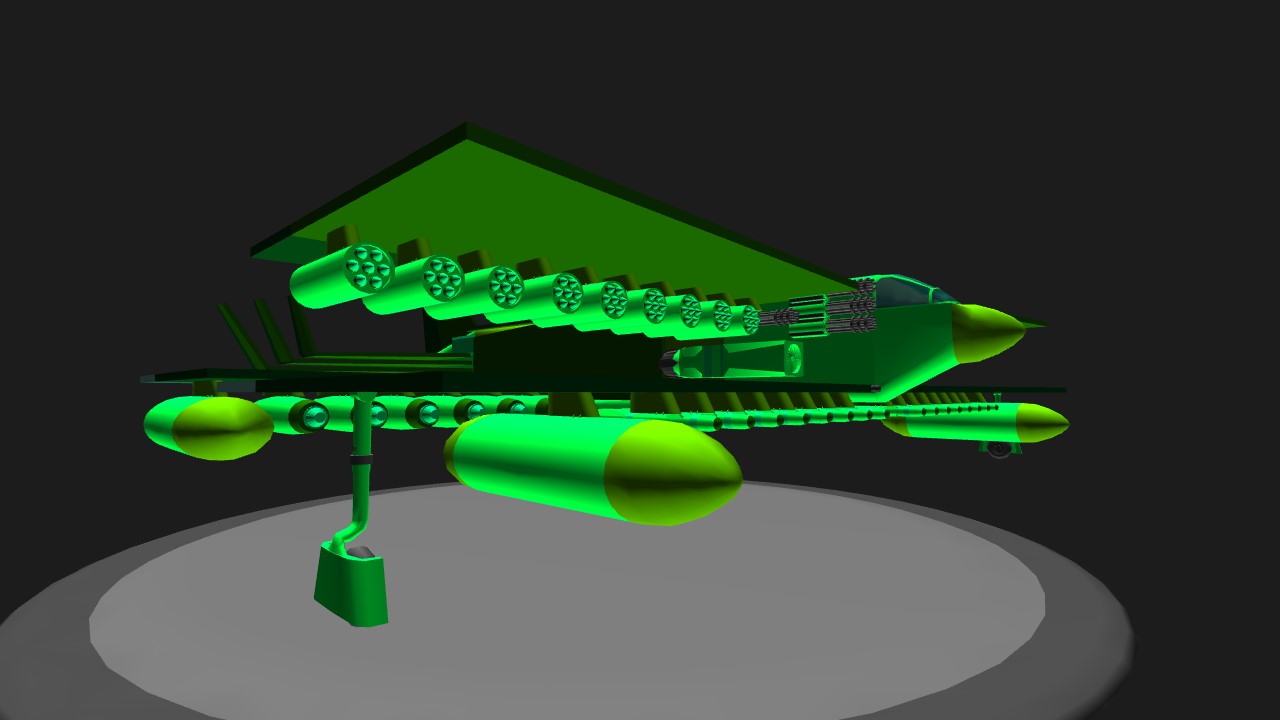
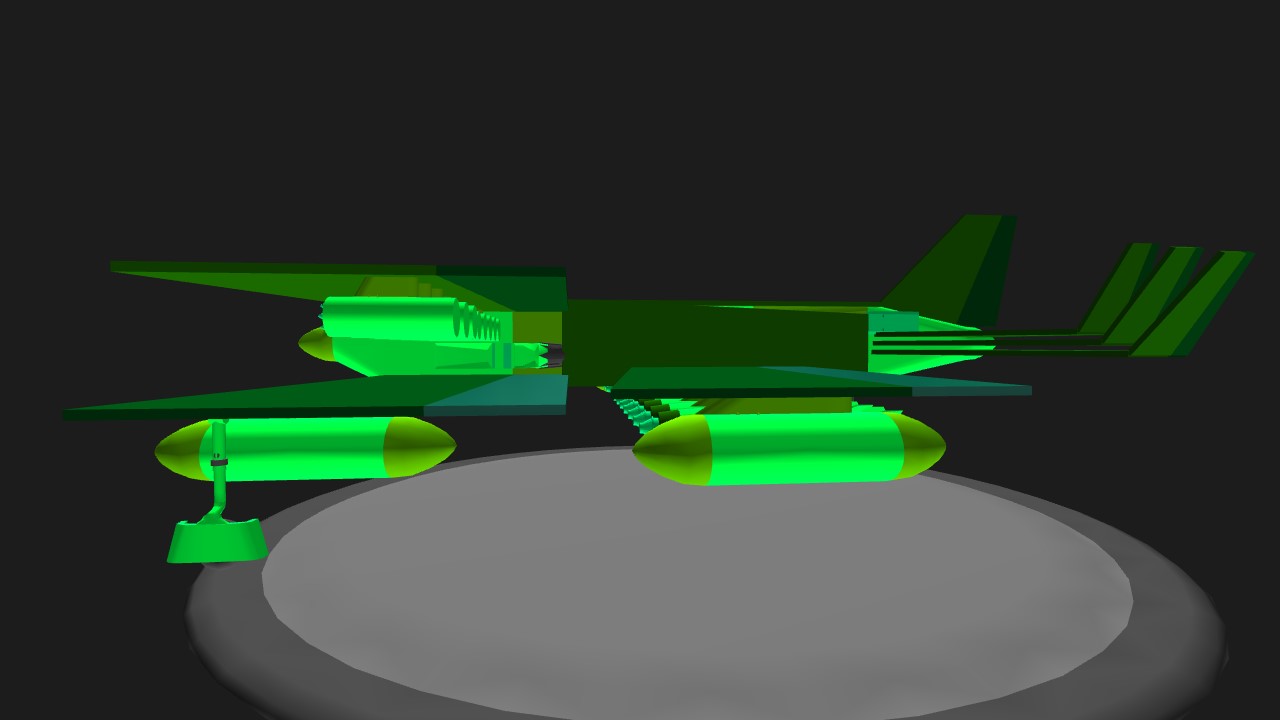
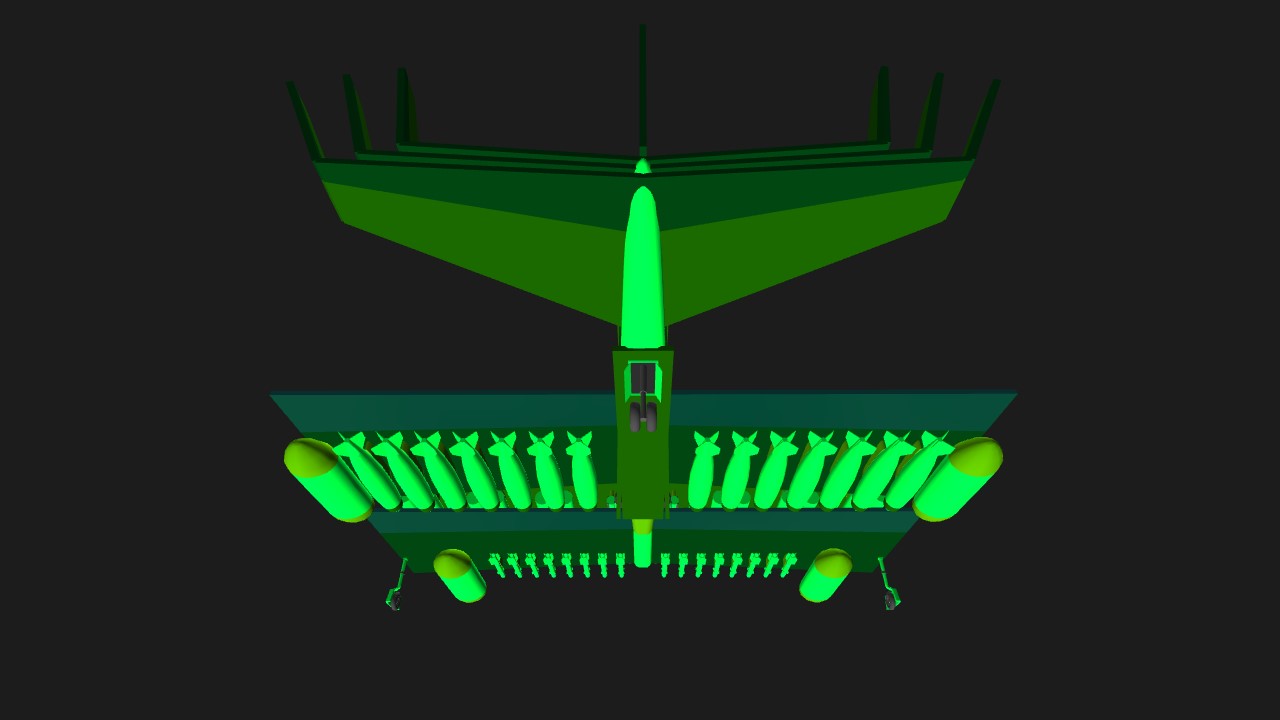
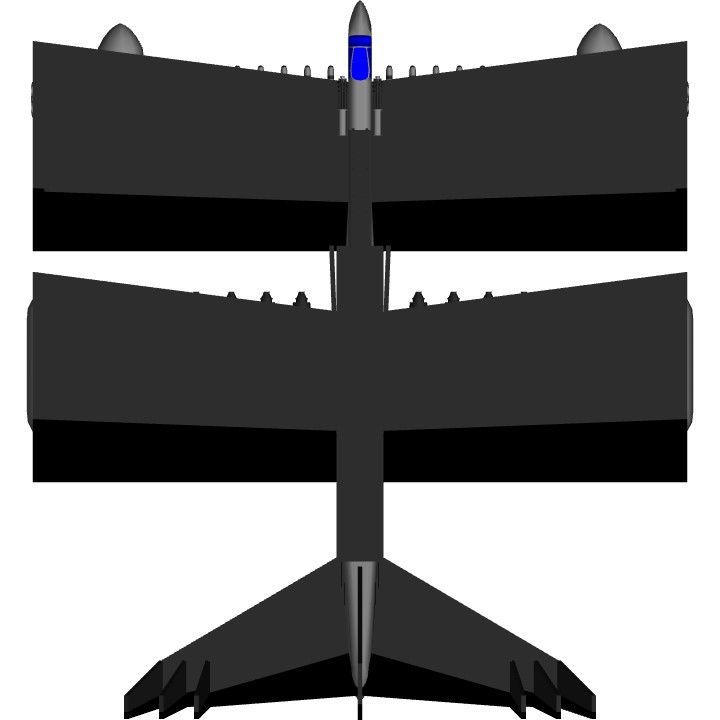

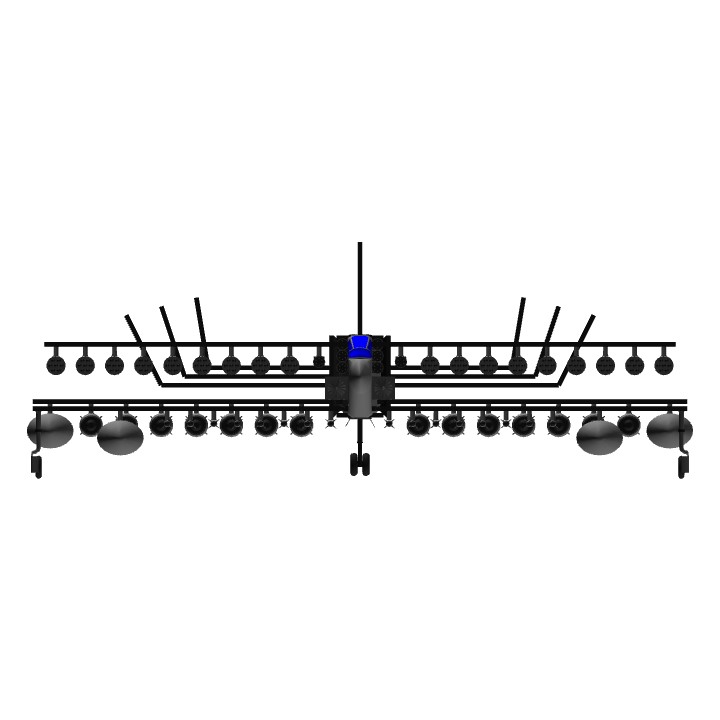
@Seeras It's for Pilotmario's close support and attack plane challenge. This is my redesign based on the detailed evaluation of my first design. See the description for the problems that were identified and how I've tried to resolve them.
what is this 0o
it's so green and.. boom. =P